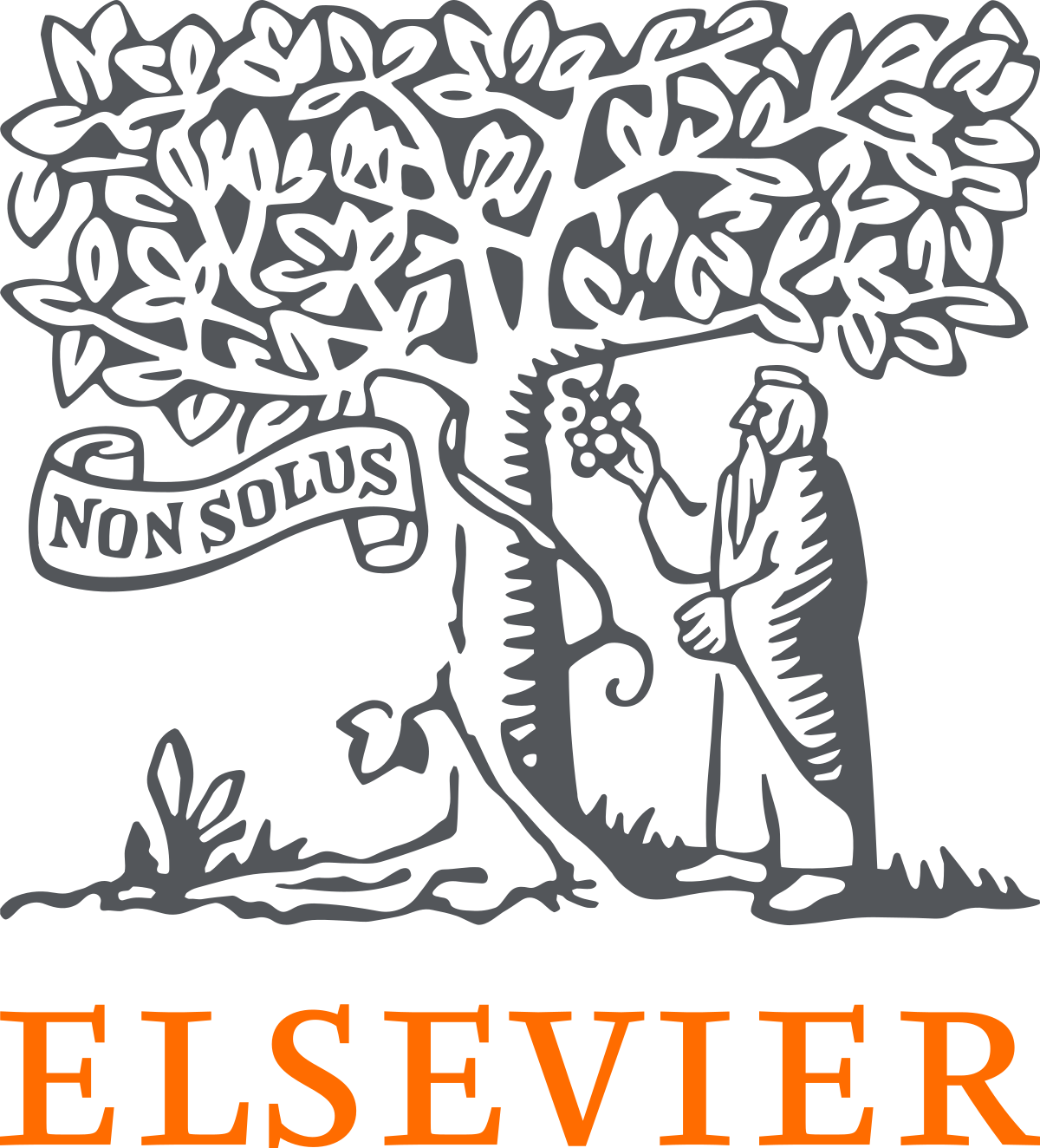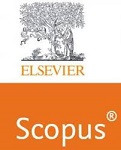Enhancing Sustainable Healthcare: Machine Learning-Based Tuberculosis Detection Using C4.5 Decision Tree
Keywords:
Tuberculosis,C4.5 decision tree, Sustainable healthAbstract
Tuberculosis (TB) remains a global health crisis, particularly in resource-limited regions where diagnostic infrastructure is scarce. While deep learning models dominate recent research, classical machine learning (ML) methods offer interpretability and computational efficiency—critical for low-resource settings. This study presents the first systematic comparison of 13 ML algorithms, including C4.5 decision trees, logistic regression, and ensemble methods, for TB detection using the Shenzhen chest X-ray dataset .The C4.5 decision tree achieved near perfect accuracy (99.78%) and the lowest training time (0.147s), outperforming deep learning alternatives in interpretability and cost-effectiveness. By providing a deployable, low-cost diagnostic tool, this work directly supports the United Nations’ Sustainable Development Goals (SDGs): SDG-3 (reducing TB mortality), SDG-9 (fostering diagnostic innovation), and SDG-10 (bridging healthcare disparities). Our results demonstrate that classical ML can rival complex models in medical diagnostics while remaining accessible to underserved populations
Downloads
References
Hwang, E. J., Jeong, W. G., David, P. M., Arentz, M., Ruhwald, M., & Yoon, S. H. (2024). AI for detection of tuberculosis: Implications for global health. Radiology: Artificial Intelligence, 6(2), e230327.
Noor, N. M., Rijal, O. M., Yunus, A., Mahayiddin, A. A., Peng, G. C., & Abu Bakar, S. A. R. (2010, November). A statistical interpretation of the chest radiograph for the detection of pulmonary tuberculosis. In 2010 IEEE EMBS Conference on Biomedical Engineering and Sciences (IECBES) (pp. 47-51). IEEE.
Ogunsakin, R. E., & Adebayo, A. B. (2014). Performance of Logistic Regression in Tuberculosis Data. International Journal of Scientific and Research Publications, 4(9),
Hussainy, S. F., Zaffar, F., Zaffar, M. A., Khaliq, A., Khan, I. H., & Ahmad, R. (2017). Decision-tree inspired classification algorithm to detect Tuberculosis (TB).
Rakhmetulayeva, S. B., Duisebekova, K. S., Mamyrbekov, A. M., Kozhamzharova, D. K., Astaubayeva, G. N., & Stamkulova, K. (2018). Application of classification algorithm based on SVM for determining the effectiveness of treatment of tuberculosis. Procedia computer science, 130, 231-238.
Rohmah, R. N., Handaga, B., Nurokhim, N., & Soesanti, I. (2019). A statis tical approach on pulmonary tuberculosis detection system based on X-ray image. TELKOMNIKA (Telecommunication Computing Electronics and Control), 17(3), 1474-1482.
Alkhalid, F. F., Hasan, A. M., & Alhamady, A. A. (2021). Improving radio graphic image contrast using multi layers of histogram equalization technique. IAES International Journal of Artificial Intelligence, 10(1), 151.
Rizal, R. A., Purba, N. O., Siregar, L. A., Sinaga, K., & Azizah, N. (2020). Analysis of Tuberculosis (TB) on X-ray image using SURF feature extraction and the K-Nearest Neighbor (KNN) classification method. Journal of Applied Information and Communication Technologies (JAICT), 5(2), 9-12.
Geetha Pavani, P., Biswal, B., Sairam, M. V. S., & Bala Subrahmanyam, N. (2021). A semantic contour-based segmentation of lungs from chest x-rays for the classification of tuberculosis using Naïve Bayes classifier. International Journal of Imaging Systems and Technology, 31(4), 2189-2203.
Gozes, O., & Greenspan, H. (2019, July). Deep feature learning from a hospital scale chest x-ray dataset with application to TB detection on a small-scale dataset. In 2019 41st annual international conference of the ieee engineering in medicine and biology society (embc) (pp. 4076-4079). IEEE. 15.
Hssina, B., Merbouha, A., Ezzikouri, H., & Erritali, M. (2014). A comparative study of decision tree ID3 and C4. 5. International Journal of Advanced Computer Science and Applications, 4(2), 13-19.
LaValley, M. P. (2008). Logistic regression. Circulation, 117(18), 2395-2399.
Sonavane, R., & Sonar, P. (2016, December). Classification and segmentation of brain tumor using Adaboost classifier. In 2016 International Conference on Global Trends in Signal Processing, Information Computing and Communication (ICGTSPICC) (pp. 396-403). IEEE.
Bent´ejac, C., Cs¨org˝o, A., & Mart´ ınez-Mu˜ noz, G. (2021). A comparative analysis of gradient boosting algorithms. Artificial Intelligence Review, 54, 1937-1967.
Rish, I. (2001, August). An empirical study of the naive Bayes classifier. In IJCAI 2001 workshop on empirical methods in artificial intelligence (Vol. 3, No. 22, pp. 41-46).
Rakesh, K., & Suganthan, P. N. (2017). An ensemble of kernel ridge regression for multi-class classification. Procedia computer science, 108, 375-383.
Pisner, D. A., & Schnyer, D. M. (2020). Support vector machine. In Machine learning (pp. 101-121). Academic Press.
Genuer, R., Poggi, J. M., Genuer, R., & Poggi, J. M. (2020). Random forests (pp. 33-55). Springer International Publishing.
Ertu˘grul, ¨ O. F., & Ta˘gluk, M. E. (2017). A novel version of k nearest neighbor: Dependent nearest neighbor. Applied Soft Computing, 55, 480-490.
Shafique, R., Mehmood, A., & Choi, G. S. (2019). Cardiovascular disease prediction system using extra trees classifier.
Fan, J., Ma, X., Wu, L., Zhang, F., Yu, X., & Zeng, W. (2019). Light Gradient Boosting Machine: An efficient soft computing model for estimating daily reference evapotranspiration with local and external meteorological data. Agricultural water management, 225, 105758. [22]
Zhao, S., Zhang, B., Yang, J., Zhou, J., & Xu, Y. (2024). Linear discriminant analysis. Nature Reviews Methods Primers, 4(1), 70.
Bose, S., Pal, A., SahaRay, R., & Nayak, J. (2015). Generalized quadratic discriminant analysis. Pattern Recognition, 48(8), 2676-2684.
Chen, X., Huang, L., Xie, D., & Zhao, Q. (2018). EGBMMDA: extreme gradient boosting machine for MiRNA-disease association prediction. Cell death & disease, 9(1), 3
Downloads
Published
How to Cite
Issue
Section
License

This work is licensed under a Creative Commons Attribution-ShareAlike 4.0 International License.
All papers should be submitted electronically. All submitted manuscripts must be original work that is not under submission at another journal or under consideration for publication in another form, such as a monograph or chapter of a book. Authors of submitted papers are obligated not to submit their paper for publication elsewhere until an editorial decision is rendered on their submission. Further, authors of accepted papers are prohibited from publishing the results in other publications that appear before the paper is published in the Journal unless they receive approval for doing so from the Editor-In-Chief.
IJISAE open access articles are licensed under a Creative Commons Attribution-ShareAlike 4.0 International License. This license lets the audience to give appropriate credit, provide a link to the license, and indicate if changes were made and if they remix, transform, or build upon the material, they must distribute contributions under the same license as the original.





